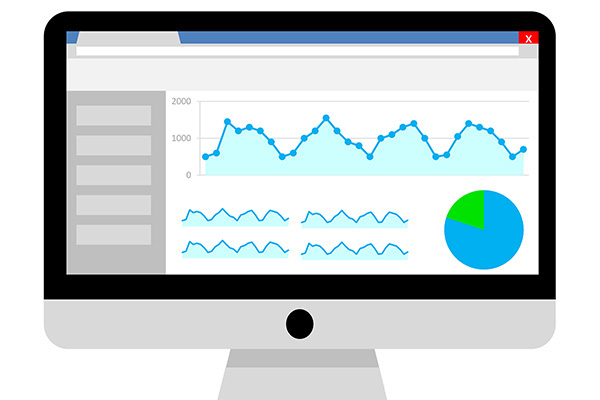Human Quotient: Making People Count in Organizations

How can data analytics guide organizational change, and what opportunities and challenges do companies and nonprofits face in putting it to good use? A panel of MSLOC alumni answered those questions and more during an online panel session held in conjunction with the program’s 20th anniversary celebration last November. Melinda Turnley, director of operations and academic services and instructor at MSLOC, moderated the discussion.
Kim Bayma (MS17), team lead for talent solutions customer success analytics at LinkedIn and MSLOC instructor, said she and her colleagues focus on ensuring the site’s customers realize the value of their investment and can unlock data points from LinkedIn’s 800 million members to help solve their business problems.
“The team I lead synthesizes those data points to help our clients understand the talent landscape, including the competitive marketplace, and how they benchmark against their competitors,” she said. “And really to highlight the opportunities that they have to hire, retain and engage their employees.”
Helping organizations make people-related decisions using internal data, as well as partnering with them to become more data-oriented, are among the end goals of business and technology consulting firm Slalom Consulting, said Kara Zdanowski (MS19), senior consultant on the organizational effectiveness team.
“We’ve partnered with both HR teams as well as business teams to help them build their people analytics capabilities, looking at their IT and database infrastructures and back-end, helping them collect, and store, and transform their people data,” she said. “I help organizations define their vision, help them with their operating model, their organizational design, their organizational structures, and looking at roles and responsibilities to make sure that they can enable that data-driven thinking and data-driven way of working.”
Organizations can use data to do everything from manage workloads and figure out efficient ways to work within the company’s resources, to maintain proper investments and ensure that corporate overhead doesn’t get out of proportion, said Laura Zeligman (MS15), a leader in the retail space.
Leaders can use data to shape and answer critical questions for people and the business. “How many direct reports do certain job titles have?” she said. “How many different levels or layers in the organization beyond each senior leader exist? And [we each can] monitor that to make sure we’re balanced across the company and fit for the purpose, based on the different functions and what’s needed within [each organization] overall.”
Sherida Morrison (MS19), president and senior consultant at Sapientia Consulting Group, which works with social sector organizations, said she sees data as tools to solve problems and likened data to instructions from a GPS system; one should respect them—but does not let them drive the car.
“I and many of my colleagues often use terms like ‘data-informed’ strategies rather than ‘data-driven’ because we strongly believe that data has no empathy,” she said. “But humans do—or at least we should. And we, as humans, can really use data to solve problems, and in some instances, eradicate social problems. … The data is informing us, these are some of the barriers, being able to examine them, and then creating some possible solutions.”